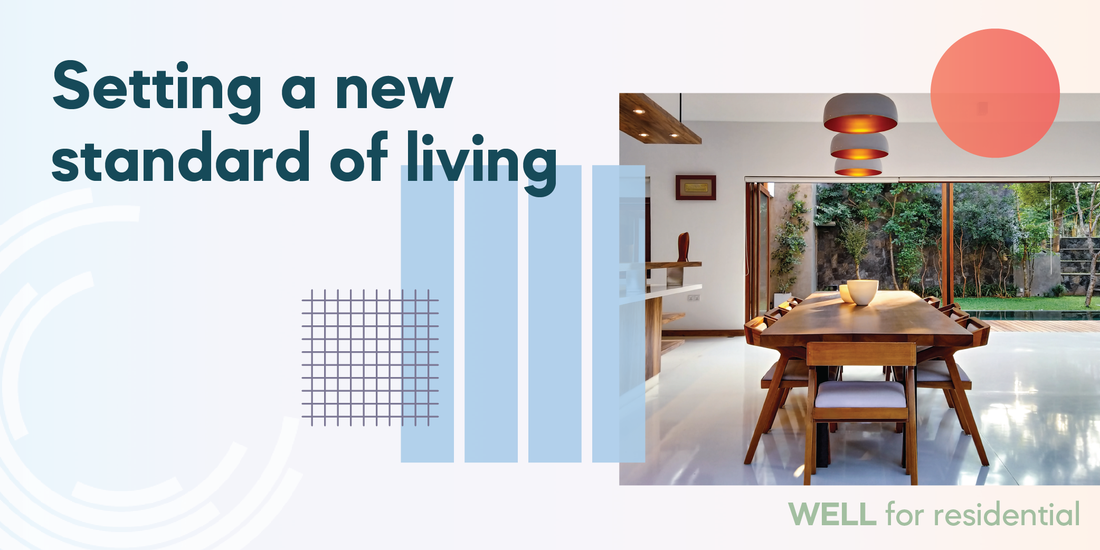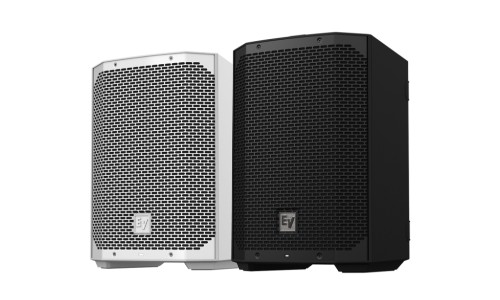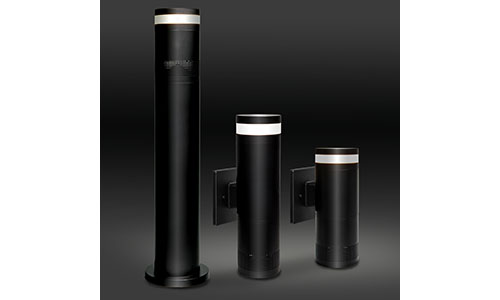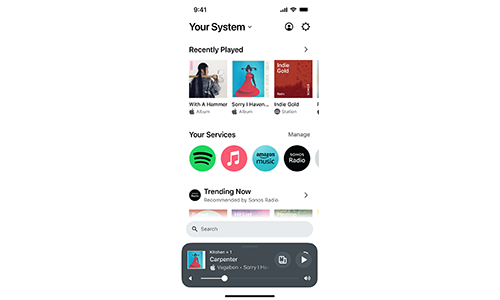“Whoever owns the data will be king,” says Tim Costello, possibly the most interesting person in the home-construction industry. The sentiment may be obvious in the smart-home and Internet of Things (IoT) sectors, but in the staid field of home building?
Costello, CEO of the builder-marketing business BDX, made the remark this week during the spring conference of Azione Unlimited, a buying group for home-technology integrators and vendors.
During a panel discussion of home-technology leaders (moderated by myself), Costello wondered aloud, “Will we make more money with the data than the house itself?”
While Costello today urges builders to include the usual smart technologies in their homes today — smart thermostats, video doorbells, automated lights, for example – he recognizes like most of us that home automation in the next decade is going to be much more … automated.
Ironically, at a time when Millennials are driving many of the smart-home trends, it’s the aging-in-place movement that may expedite the shift to truly smart spaces that predict behavior and respond appropriately.
“Sensor arrays” will populate homes built for independent living, Costello says, “because we want to be monitored but we don’t want to feel like we’re being monitored.”
Indeed, that’s why GE-Intel’s Care Innovations calls its smart-sensor technology “QuietCare.” This service (and others like it) determine “normal” behavior in the home through a network of sensors, and then discern potential problems if digressions occur. An unusual number of visits to the bathroom, for example, might suggest a urinary tract infection.

“Will we make more money with the data than the house itself?”
But new types of sensors for everyday homes – acoustical sensors for detecting critters and dripping water behind the walls, pixel-disruption devices (like Apical’s) that discern human activity without the intrusion of video surveillance, cameras that monitor food in the fridge, IP sniffers that capture smart devices in the home, power monitors that detect energy usage at a very micro level, audio sensors that track what you’re listening to – all of these will be deployed with greater regularity in the coming years, combining with data-capture and analytics worth lots and lots of money.
Marketers could send targeted messages when the milk supply is low or termites are heard in the walls. Insurance companies could suggest extra coverage for that giant new TV that just connected to the Internet. Homebuilders can research how people – by gender, age, family size, and so many other parameters – use their homes. And on and on and on.
All of today’s sensing products, from Nest thermostats to Amazon Echo to smart TVS, are just means to an end, Costello explains.
“What is actual and obvious right now,” he says, “is not necessarily the end game. It’s all about the data.”
Of course, Costello didn’t invent this idea, but he brings up one of the most interesting possibilities I’ve heard in a long time – a modern-day Faustian bargain for builder-subsidized housing.
“Will builders sell homes at cost,” he asks, “in order to own the data for life?”
It just may be the next iteration of what we're already seeing today in the telematics industry — invasive black boxes in the car in exchange for insurance discounts. In North America, the total number of insurance telematics policies in force is forecasted to increase from an estimated 6.3 million policies at the end of 2015 to 42.1 million policies by 2020, according to Berg Insight.
Today, insurance companies are launching similar programs for the home, but Costello's titillating idea takes existing paradigms and imagines them in far more disruptive terms. If not whole homes for sale at a discount, at least we might envision subsidized refrigerators or TVs gathering information about us, while we save a few bucks for their privelege.
Heck, I bought a darn nice Motorola g4 phone for a mere $150 in return for accepting Amazon ads on my home screen. It's only just begun.
If you enjoyed this article and want to receive more valuable industry content like this, click here to sign up for our digital newsletters!









